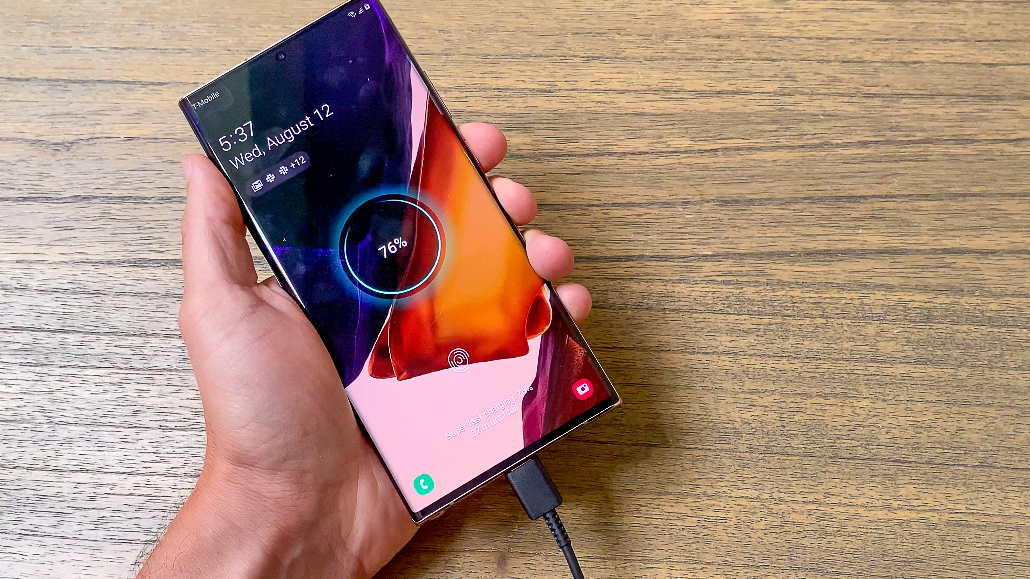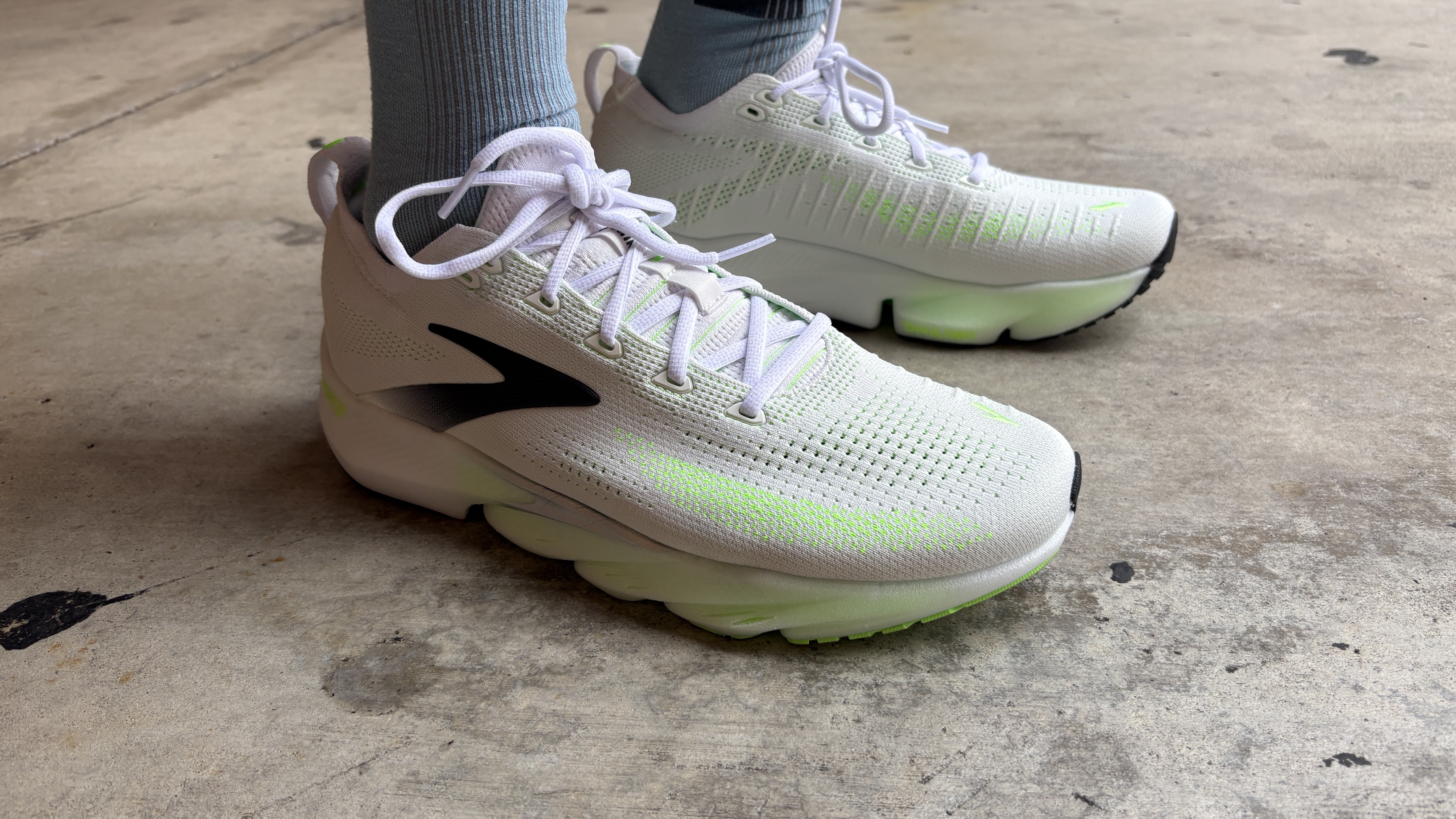Forget Galaxy S22: Future Samsung phones could use entire screen as fingerprint reader
New fingerprint reader would be 2.5 billion times more secure than the Galaxy S22

The Samsung Galaxy S22 fingerprint sensor is fine. It’s certainly come a long way since the fingerprint reader on the Samsung Galaxy S10, which was frustrating enough to have some of us (okay, me) wishing for our Samsung Galaxy S9 back.
But the latest reporting suggests that the Galaxy S22 fingerprint reader could look obsolete compared to what’s rumored for 2025. According to SamMobile, Samsung is currently working on an OLED display that could feature a fingerprint reader that is 2.5 billion times more secure than the single fingerprint reader currently featured on the S22 lineup. This is based on an interview that ISORG CEO Dieter May did with the site OLED-info in a sponsored post.

Don’t let the “sponsored post” tag deter you from taking that information as a real possibility. While May juxtaposes the 2025 timeline for Samsung as a competitive disadvantage to his own company’s fingerprint reader, which is available now, he seems confident that Samsung will have an in-display fingerprint reader capable of reading three fingerprints at once by 2025. This technology may ultimately debut on the Samsung Galaxy S26 or Z series rather than on the Samsung Galaxy S25 — if Samsung even keeps those naming conventions — but either way, the technology is already in development at Samsung. Time will tell if it remains on schedule to secure our phones.
Wait, what makes this fingerprint reader 2.5 billion times more secure?

Great question. The simple answer is: math. The rumored Samsung fingerprint reader scans three fingers at once, compared to the single fingerprint current mainstream readers can handle. While the single-fingerprint readers are still very secure — according to May it’s just a 0.002% chance a false positive can open your phone — the addition of two more fingers changes that exponentially. Both May and Samsung Display have done the math, and it works out to it being 2.5 billion times less likely that a false positive would unlock your phone.
We’ve already seen some rumors of a shift away from the single-fingerprint authentication method. The most recent Samsung Galaxy S23 Ultra display rumors suggest that Samsung’s next flagship Android smartphone will get an upgrade to the Qualcomm 3D Sonic Max, which uses its 17 times larger footprint to scan up to two fingerprints simultaneously. May also thinks that while Samsung is the main competitor to his company at the moment, Apple may adopt the technology as well since single-fingerprint does not work with Face ID.
Can’t wait till 2025 to get an insanely secure fingerprint reader on your smartphone? Then make sure to pay attention to our Samsung Galaxy S23 and iPhone 15 coverage to see if 2023 will be the year you upgrade. If you need to upgrade right now, check out our list of best phones and then take a look at our cell phone deals coverage to make sure you get the best phone at the best price
Get instant access to breaking news, the hottest reviews, great deals and helpful tips.

Malcolm has been with Tom's Guide since 2022, and has been covering the latest in streaming shows and movies since 2023. He's not one to shy away from a hot take, including that "John Wick" is one of the four greatest films ever made.
